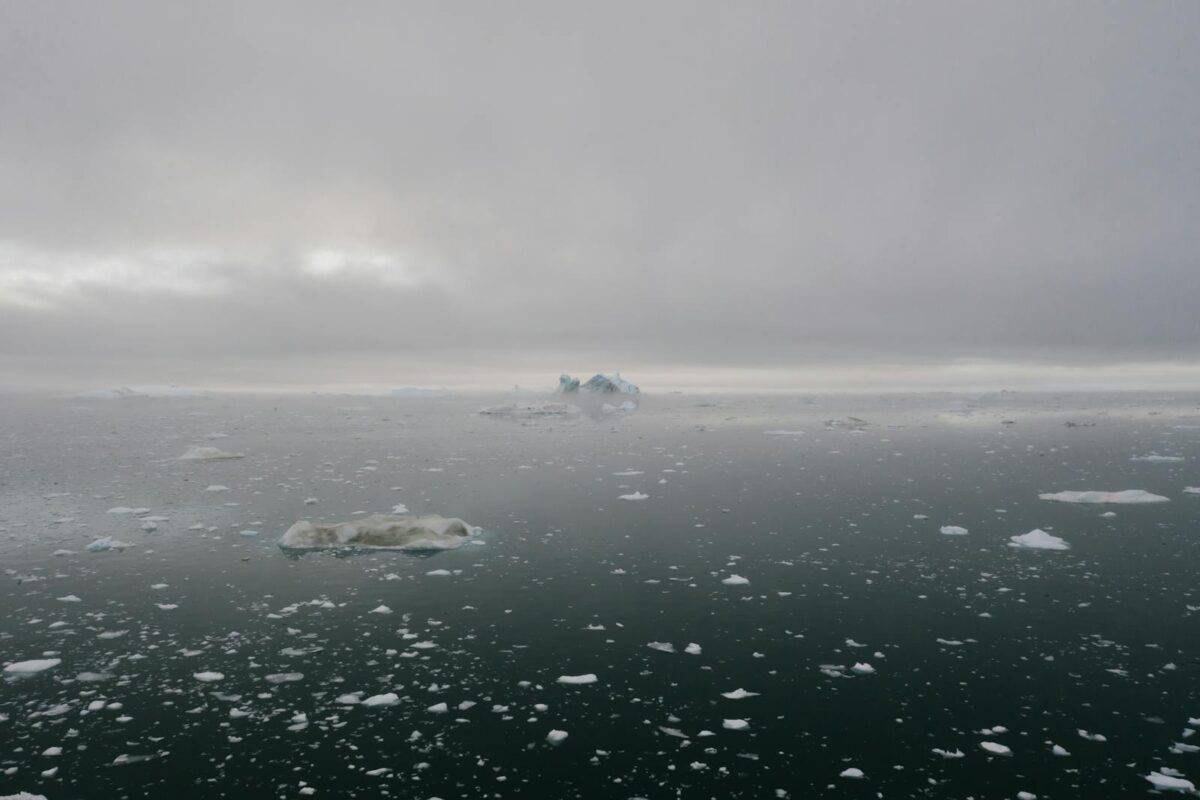In harsh and unforgiving polar environments, seals have developed remarkable survival strategies that showcase nature’s ingenuity. Among these adaptations is their clever use of icebergs as strategic safe havens from predators. Far from being simple chunks of frozen water, icebergs serve as critical sanctuaries in the life-or-death drama that unfolds daily in Arctic and Antarctic waters. This relationship between seals and icebergs represents one of nature’s most fascinating examples of how prey species leverage their environment to enhance survival prospects. By understanding how seals utilize these floating ice masses, we gain insight into the complex ecological relationships that define polar ecosystems and the remarkable adaptability of marine mammals in extreme conditions.
The Predator-Prey Dynamic in Polar Waters

Seals face formidable predators in polar waters, with killer whales (Orcinus orca) and polar bears (Ursus maritimus) representing their primary threats. In the Antarctic, leopard seals (Hydrurga leptonyx) also pose a significant danger to smaller seal species. This predatory pressure has driven the evolution of sophisticated escape strategies. Research published in the Journal of Animal Ecology indicates that predation can account for up to 45% of seal mortality in certain regions, making effective evasion tactics literally a matter of life and death. The constant presence of these apex predators has shaped seal behavior over millennia, resulting in the strategic use of environmental features like icebergs as critical components of their survival toolkit.
Icebergs as Natural Refuges
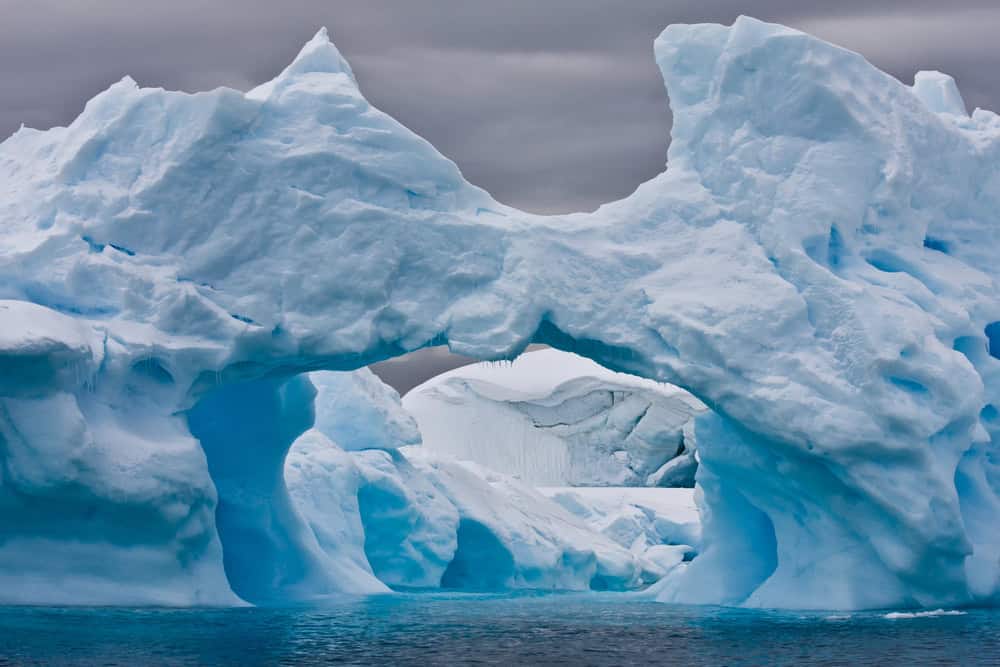
Icebergs provide seals with multifaceted protection that extends beyond simple physical barriers. These massive ice structures create complex underwater topographies with numerous crevices, caves, and ledges that offer hiding places inaccessible to larger predators. A 2019 study in the journal Marine Mammal Science documented how Weddell seals (Leptonychotes weddellii) utilize the underwater extensions of icebergs to hide from hunting killer whales. Additionally, the irregular surfaces of icebergs create acoustic shadows that can mask the sounds of swimming seals, making them harder for echolocating predators to detect. This acoustic camouflage represents an often-overlooked but crucial aspect of how icebergs enhance seal survival in predator-rich waters.
Seal Species That Utilize Icebergs

Several seal species have been observed using icebergs as predator avoidance mechanisms, though the specifics vary by region and species. In the Antarctic, crabeater seals (Lobodon carcinophaga) are perhaps the most iceberg-dependent, with approximately 80% of their resting time spent on floating ice. Weddell seals and Ross seals (Ommatophoca rossii) also regularly use icebergs for protection. In the Arctic, ringed seals (Pusa hispida) and harp seals (Pagophilus groenlandicus) demonstrate similar behaviors, particularly during periods when polar bears are actively hunting. Harbor seals (Phoca vitulina) in subarctic regions have also been documented using smaller ice floes to escape orca predation, suggesting this behavior exists across a spectrum of seal species adapted to icy environments.
How Seals Select the Right Iceberg
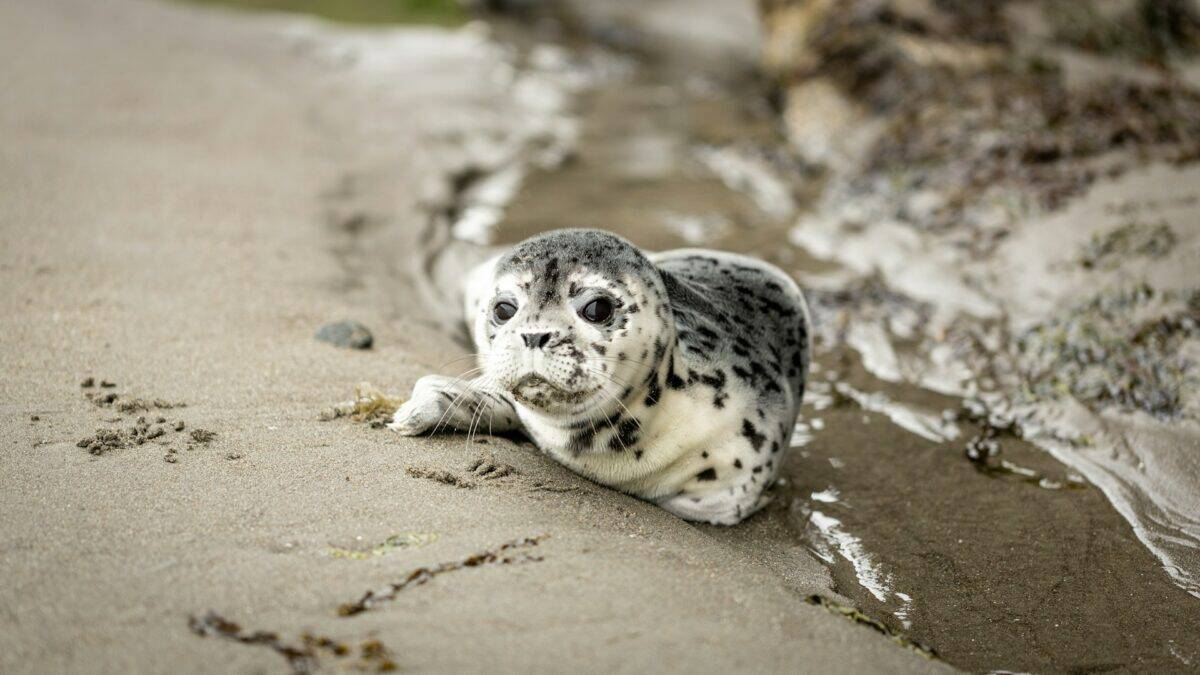
Seals display remarkable discrimination in choosing which icebergs to utilize, with size, shape, and stability being primary considerations. Research conducted by marine biologists from the British Antarctic Survey reveals that seals prefer icebergs with gradual slopes that allow for quick water access while still providing elevated hauling-out areas. Stability is particularly crucial, as unstable icebergs that roll unexpectedly can crush seals or throw them into the water where predators may be waiting. Scientists have observed that experienced seals will circle an iceberg multiple times before hauling out, apparently assessing its suitability. This selection process indicates a sophisticated risk assessment capability that helps maximize the protective benefits while minimizing the dangers inherent to these massive, mobile ice structures.
The Balancing Act: Predator Avoidance vs. Foraging Needs
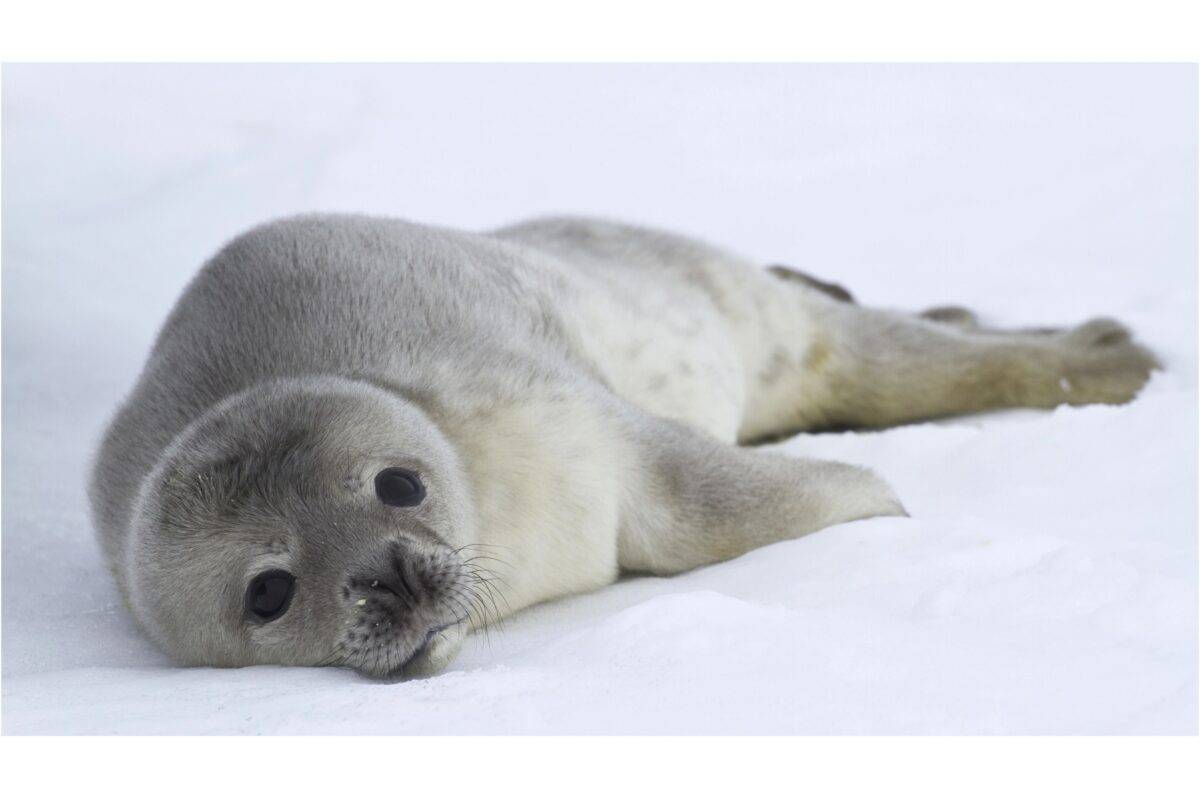
Seals must constantly balance safety with the need to find food, creating a complex spatial-temporal dynamic in their iceberg use. Studies tracking crabeater seal movements show they often forage within 5-10 kilometers of their resting icebergs, venturing farther only when prey concentrations justify the increased predation risk. This balancing act becomes particularly critical during breeding seasons when nutritional demands increase.
Researchers from the University of California observed that female Weddell seals will sometimes select smaller, less optimal icebergs that are closer to productive feeding grounds rather than traveling to larger, safer icebergs farther away. This behavior demonstrates the sophisticated cost-benefit analysis seals perform continuously, weighing immediate safety against energetic needs and reproductive success.
Seasonal Variations in Iceberg Utilization
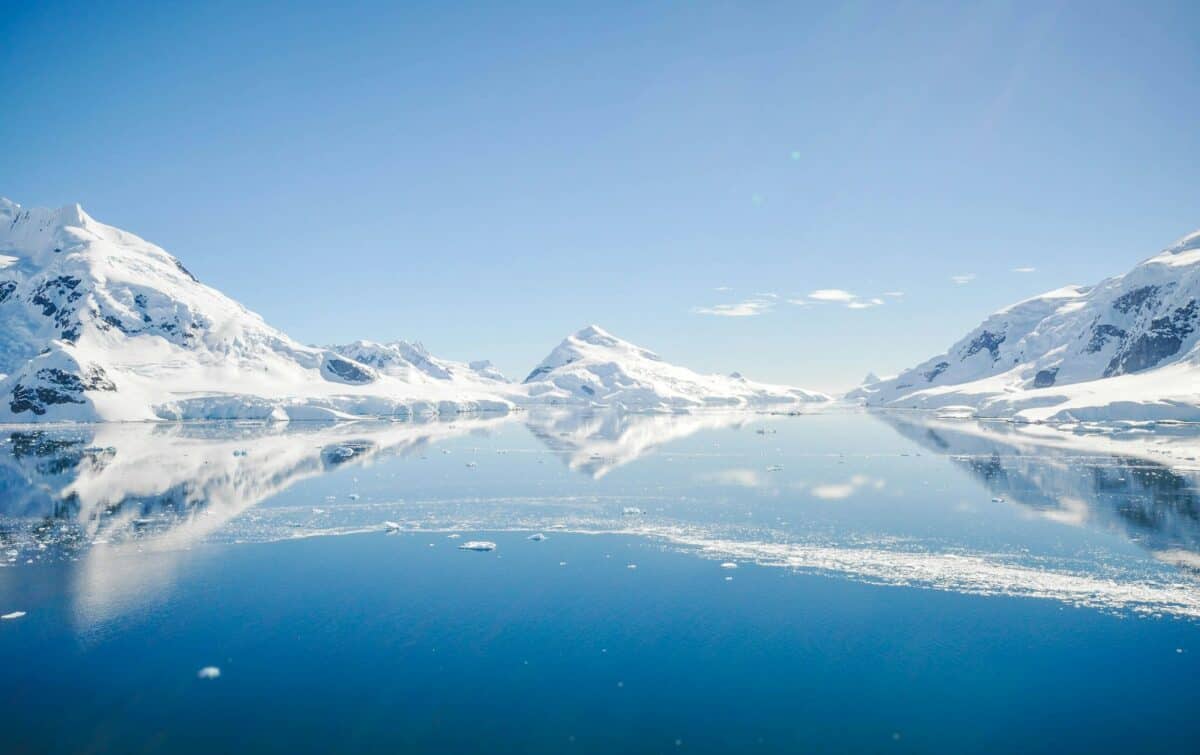
The patterns of iceberg use by seals fluctuate dramatically with seasonal changes. During summer months, when predator activity increases and daylight extends hunting opportunities, seals spend significantly more time on icebergs. A longitudinal study published in Polar Biology documented that Antarctic fur seals (Arctocephalus gazella) spend approximately 65% more time on ice during the austral summer than in winter months.
Conversely, during winter, reduced predator activity and the expansion of pack ice create more widespread safe areas, reducing the concentrated use of icebergs. These seasonal patterns also align with breeding cycles, with pregnant females showing particular preference for stable, predator-free iceberg environments during the late-stage pregnancy and early nursing periods when they and their pups are most vulnerable.
The Climate Change Threat to This Survival Strategy

Climate change poses a serious threat to the iceberg-utilization strategy employed by seals across polar regions. Rising global temperatures are accelerating iceberg calving while simultaneously reducing the overall ice mass available. A 2022 study in Nature Communications documented a 13% decrease in available iceberg habitat for Antarctic seals over the past three decades.
This reduction creates a dangerous bottleneck effect, concentrating seals on fewer icebergs and potentially increasing predation success rates. Additionally, climate-driven changes in ice structure are producing less stable icebergs that melt more rapidly and are more prone to rolling, increasing the physical dangers to seals using them. Marine biologists predict that continued warming could fundamentally undermine this critical survival strategy within the next 50-100 years, forcing rapid behavioral adaptations by seal populations.
Social Dynamics on Iceberg Refuges

Icebergs often become temporary seal colonies, creating interesting social dynamics among typically solitary animals. Researchers observing crabeater seals in the Weddell Sea documented that larger icebergs can host groups of 20-30 individuals during peak predator activity periods. Within these temporary communities, seals establish loose hierarchies that determine prime resting positions, with dominant individuals claiming the center areas furthest from the water’s edge where predator access is most difficult. Younger and subordinate seals occupy the periphery, creating a living shield that inadvertently protects higher-status individuals. This emergent social structure represents an interesting case of forced sociality driven by environmental pressures rather than inherent social tendencies, demonstrating how predation risk can reshape typical behavioral patterns.
Learning and Cultural Transmission of Iceberg Strategies

The sophisticated iceberg-utilization behaviors exhibited by seals appear to involve significant learned components transmitted across generations. Observational studies of mother-pup pairs show that juvenile seals closely mimic their mothers’ iceberg selection and utilization patterns during their first year of life. This suggests cultural transmission of protective strategies rather than purely instinctual behaviors.
Marine biologists from the University of Alaska documented how orphaned seal pups showed significantly less discriminating iceberg selection compared to mother-raised pups of the same age. The complexity of these behaviors—involving assessment of iceberg stability, predator awareness, and optimal positioning—further supports the theory that younger seals learn critical survival skills through observation and experimentation guided by experienced adults, representing a form of cultural knowledge essential to survival in predator-rich environments.
Predator Counterstrategies

The evolutionary arms race between seals and their predators has led to remarkable counter-adaptations by predators seeking to overcome the iceberg advantage. Killer whales have developed sophisticated hunting techniques specifically targeting iceberg-using seals, including coordinated wave-washing behaviors where pods create artificial waves to dislodge seals from ice floes.
In the Arctic, polar bears have been observed practicing patience-hunting, waiting motionless near iceberg edges for extended periods until seals reemerge. Perhaps most dramatic is the “torpedoing” technique documented among Antarctic killer whales, where multiple orcas swim rapidly upward beneath an iceberg, using their combined mass to tilt or even fragment smaller ice pieces. These counterstrategies demonstrate how predator-prey dynamics drive continuous behavioral innovation on both sides of the evolutionary equation.
Scientific Research Techniques for Studying Seal-Iceberg Relationships

Understanding the complex relationship between seals and icebergs has required innovative research methodologies. Modern studies employ a combination of satellite tracking, drone surveillance, and underwater acoustic monitoring to build comprehensive pictures of how seals utilize icebergs. GPS-enabled tracking devices attached to seals’ fur (which naturally molt off without harming the animals) have revealed detailed movement patterns, showing how individual seals navigate between foraging grounds and protective icebergs.
Autonomous underwater vehicles equipped with sonar and cameras provide insights into the three-dimensional use of underwater iceberg features. Particularly valuable has been the deployment of time-lapse cameras on stable icebergs, which have documented seal-predator interactions over extended periods, revealing behavioral patterns impossible to observe through direct human monitoring in these remote environments.
Conclusion: The Remarkable Adaptation of Seals to Polar Challenges
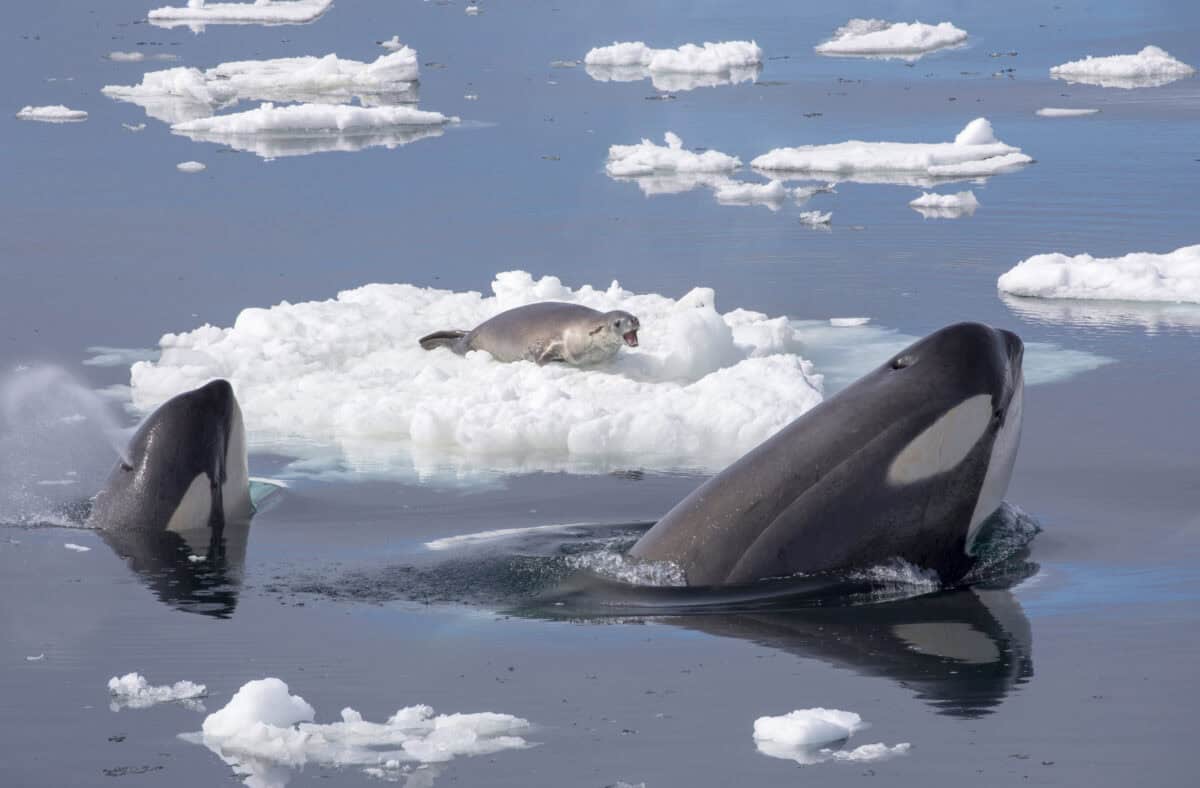
The strategic utilization of icebergs by seals represents one of nature’s most elegant solutions to the ever-present challenge of predation in polar environments. This behavior showcases the remarkable behavioral plasticity of these marine mammals and their ability to convert environmental features into survival advantages. As climate change continues to transform polar ecosystems, the future of this critical adaptation remains uncertain, potentially forcing seals to develop new strategies or face population declines. The relationship between seals and icebergs serves as a powerful reminder of the intricate ecological connections that define Earth’s most extreme environments and the incredible adaptability that allows life to flourish even in the harshest conditions our planet offers.
- America’s Fastest-Growing Wetland Is in an Unexpected State - August 21, 2025
- 8 Most Mysterious Extinct Creatures Scientists Are Trying to Revive - August 21, 2025
- Lessons We Can All Learn from the Legendary Jane Goodall - August 21, 2025

